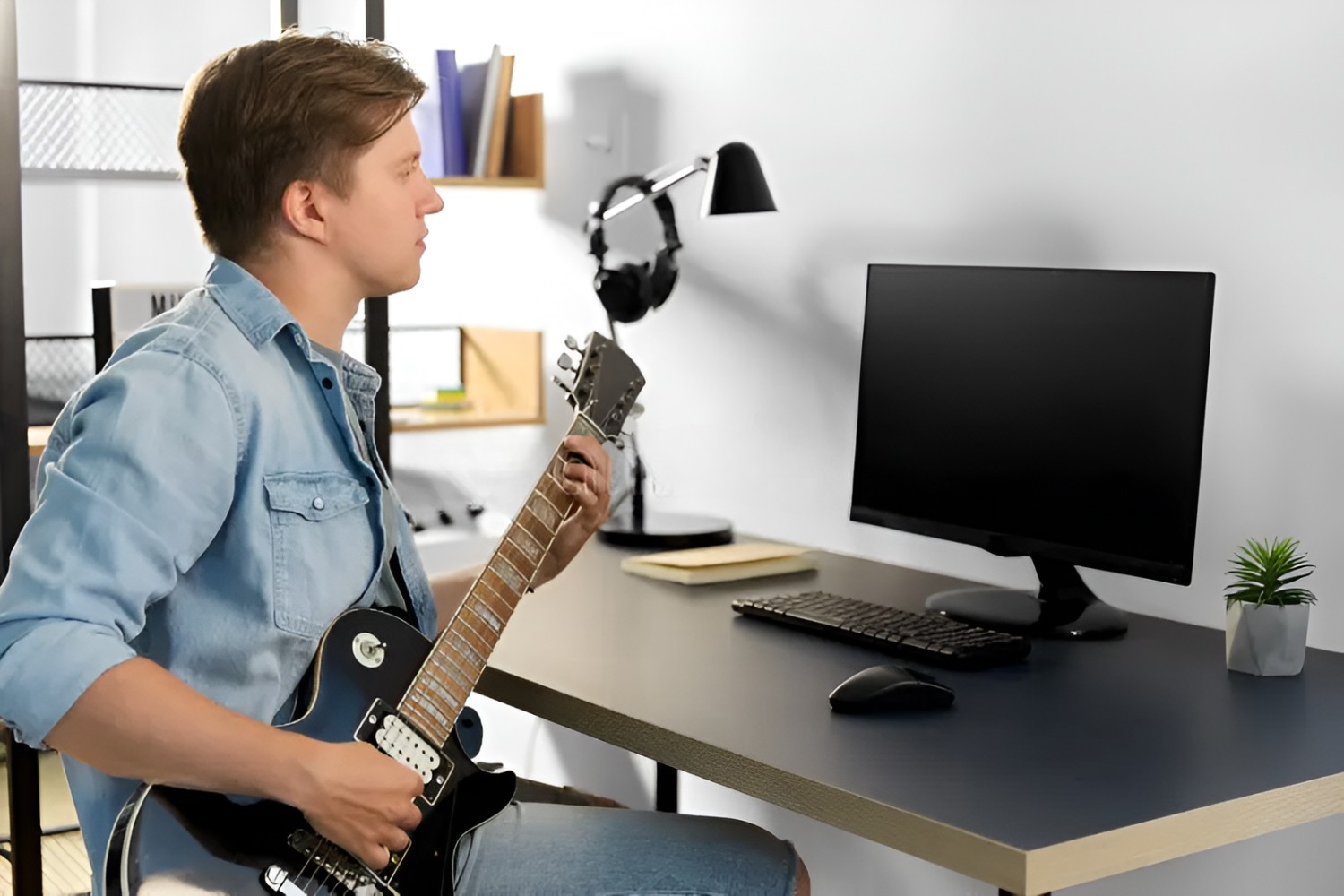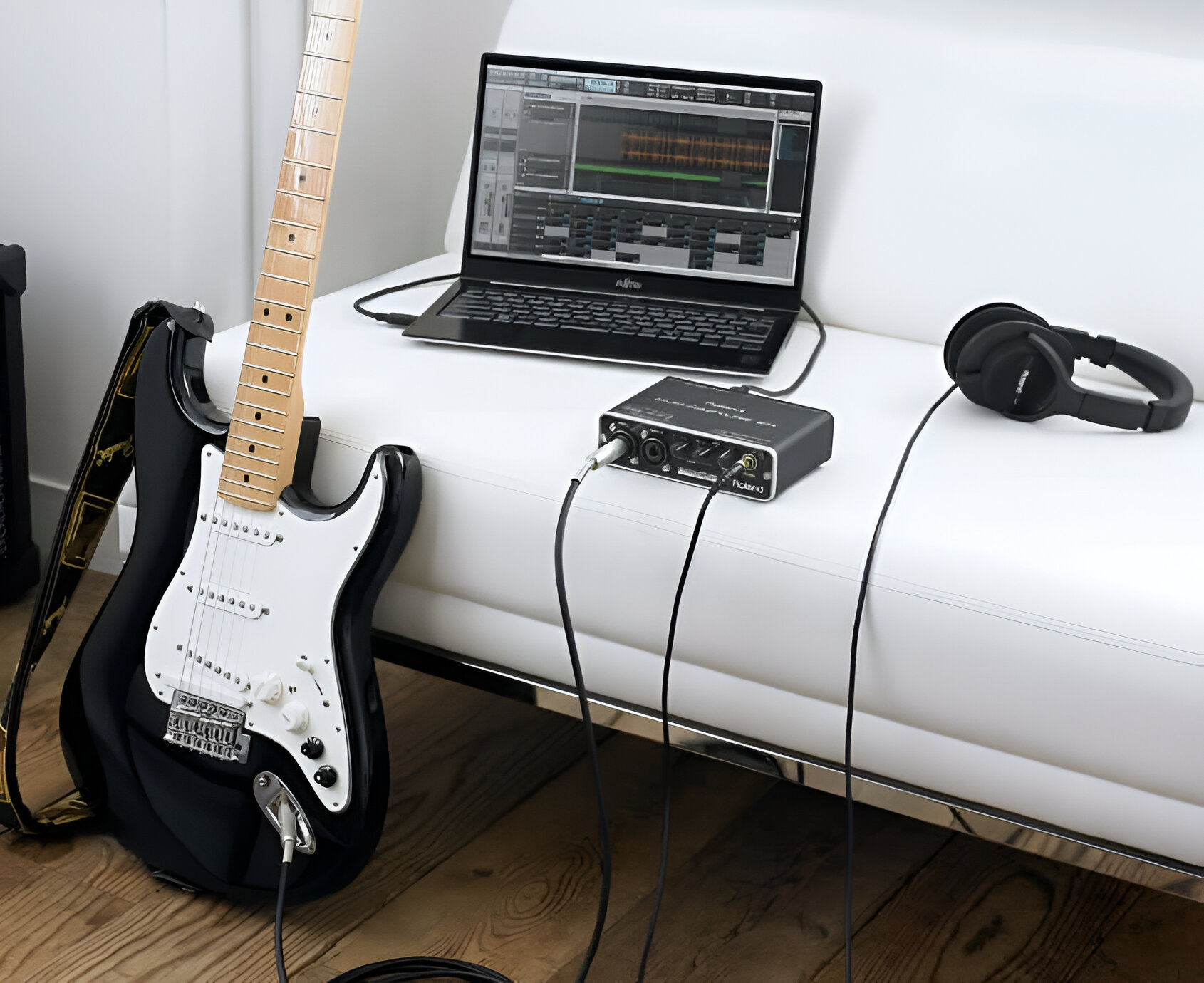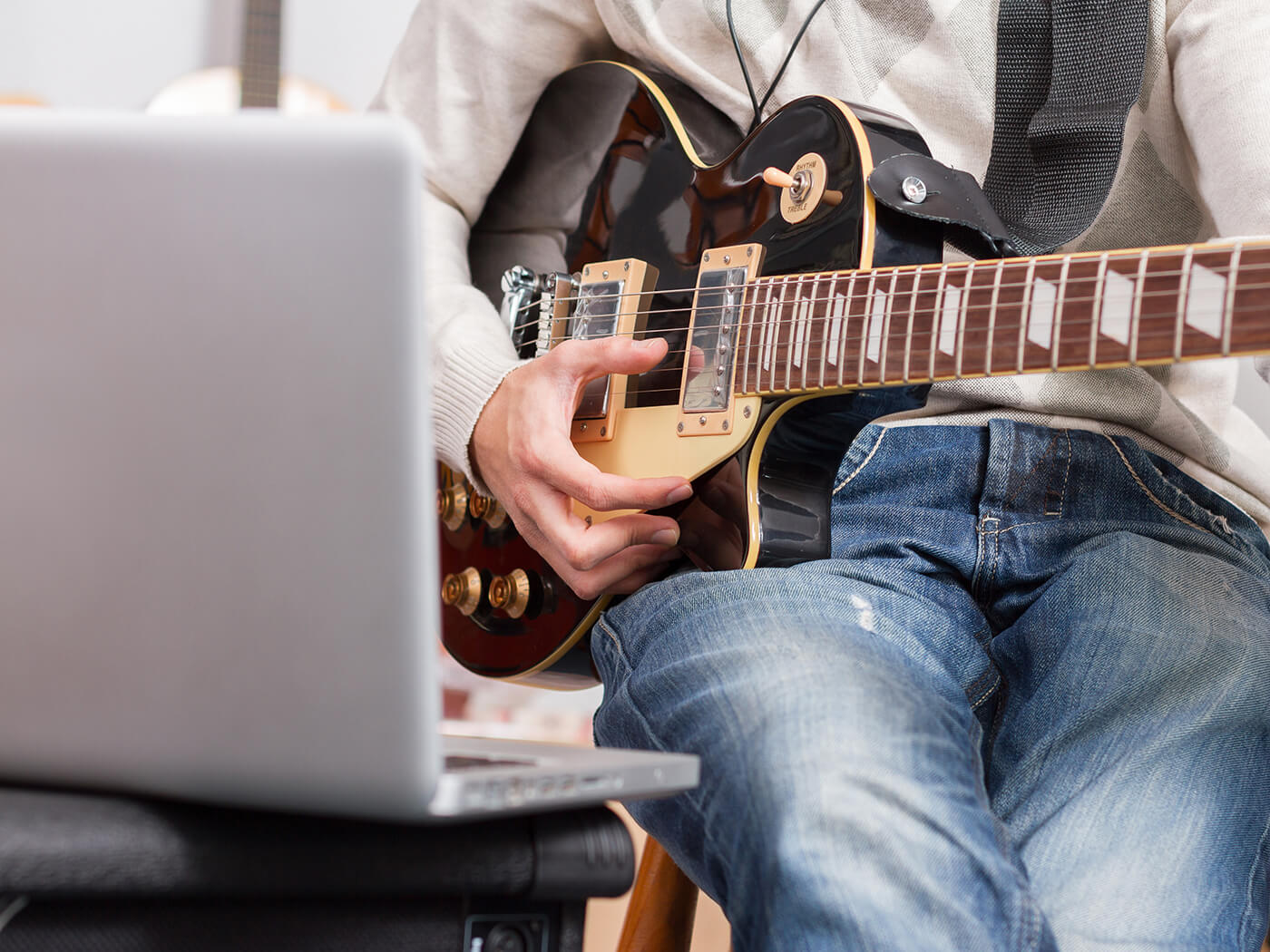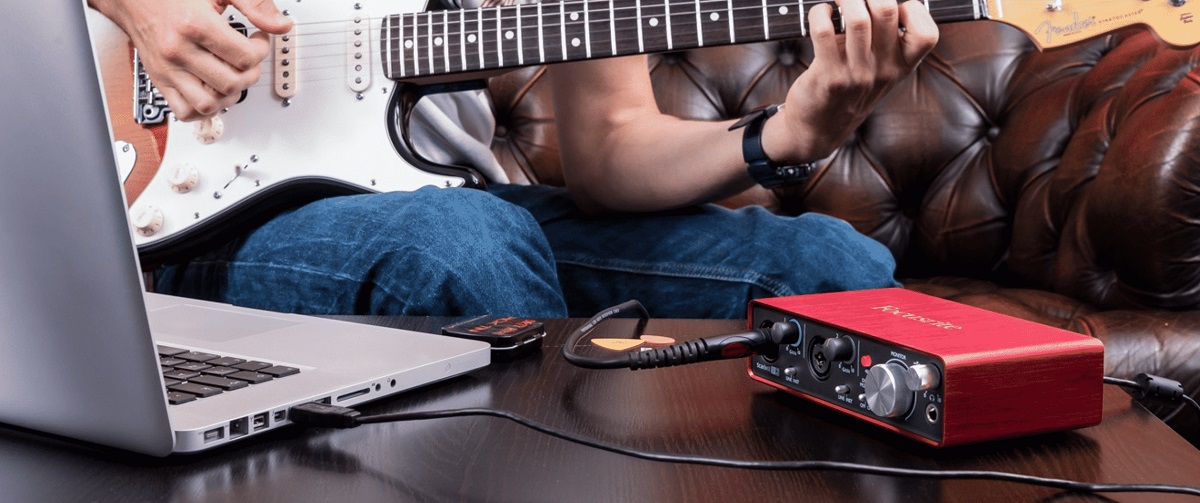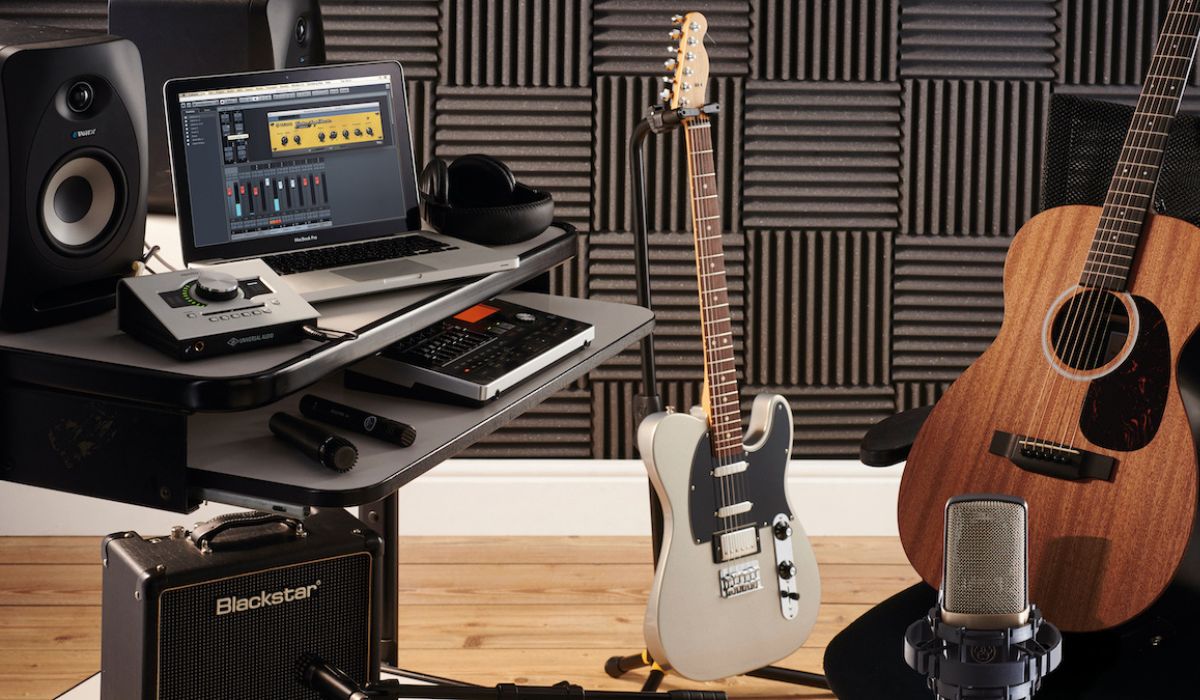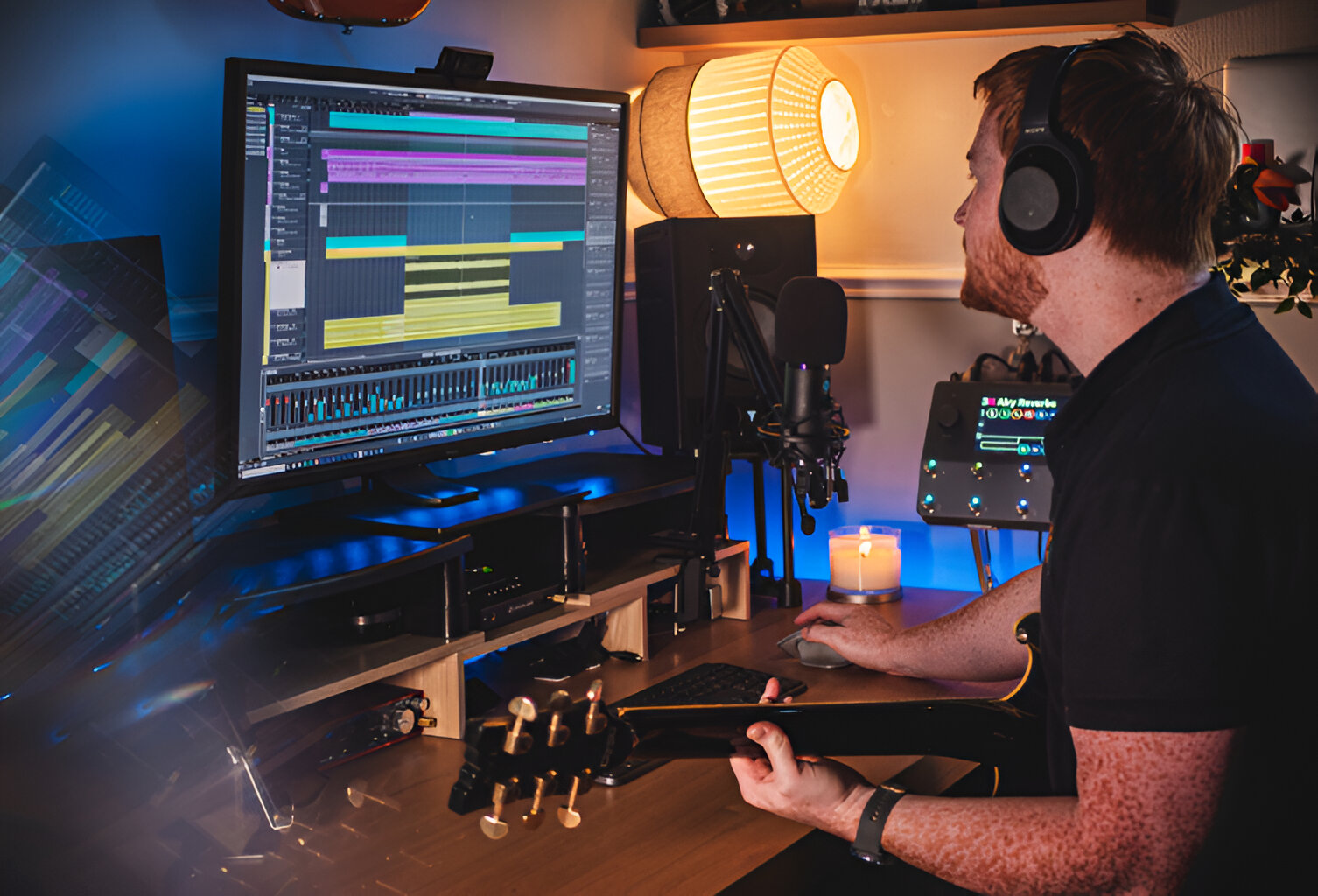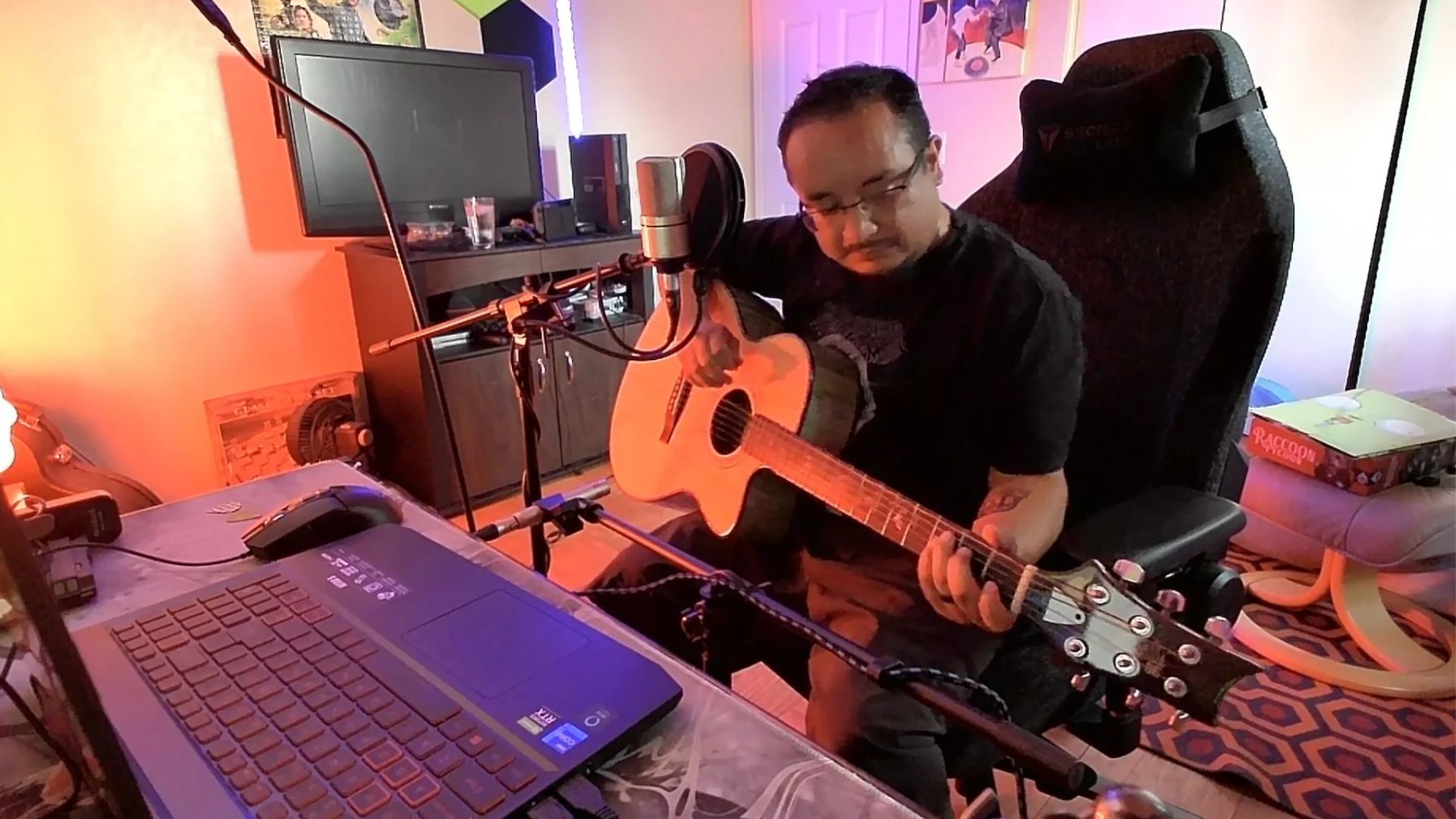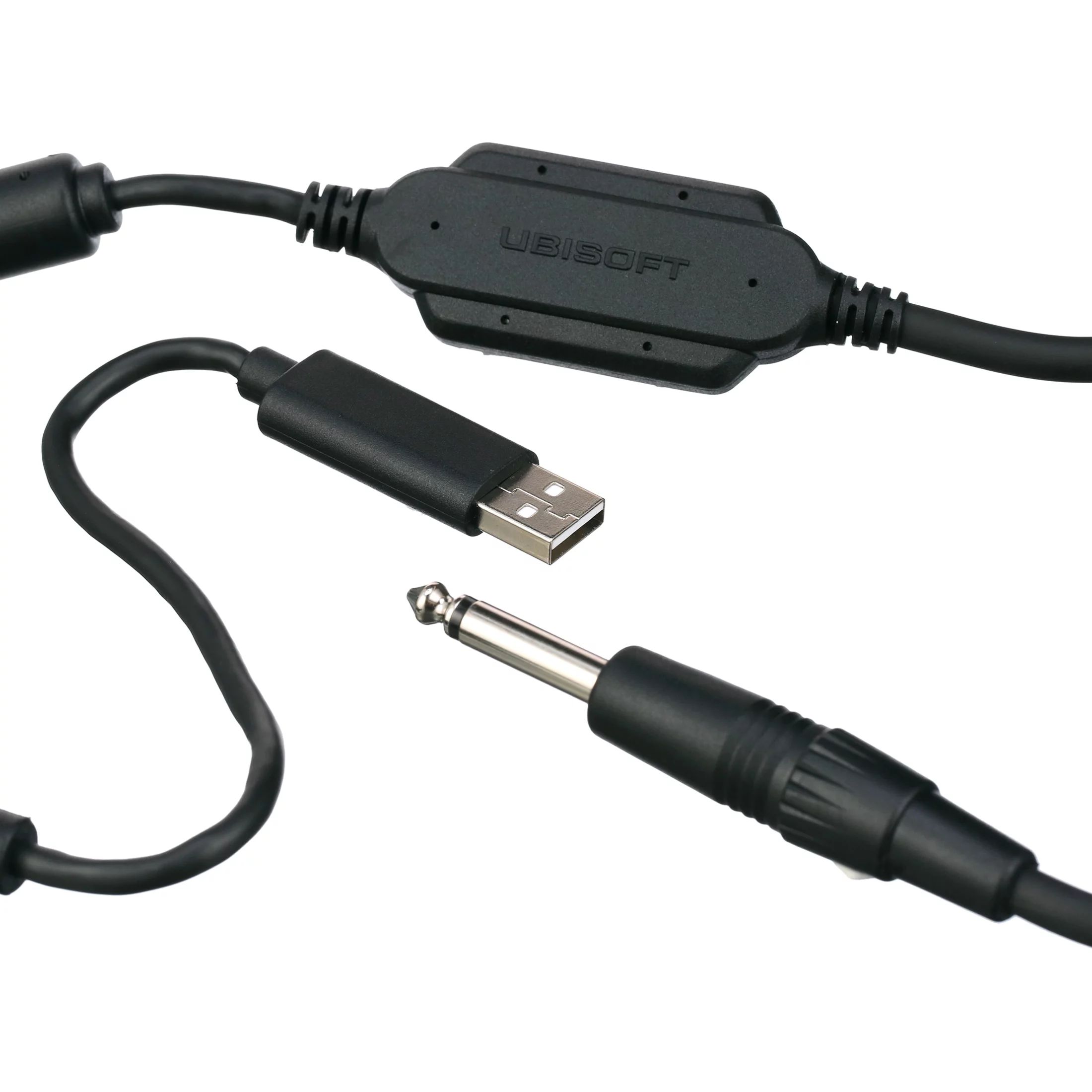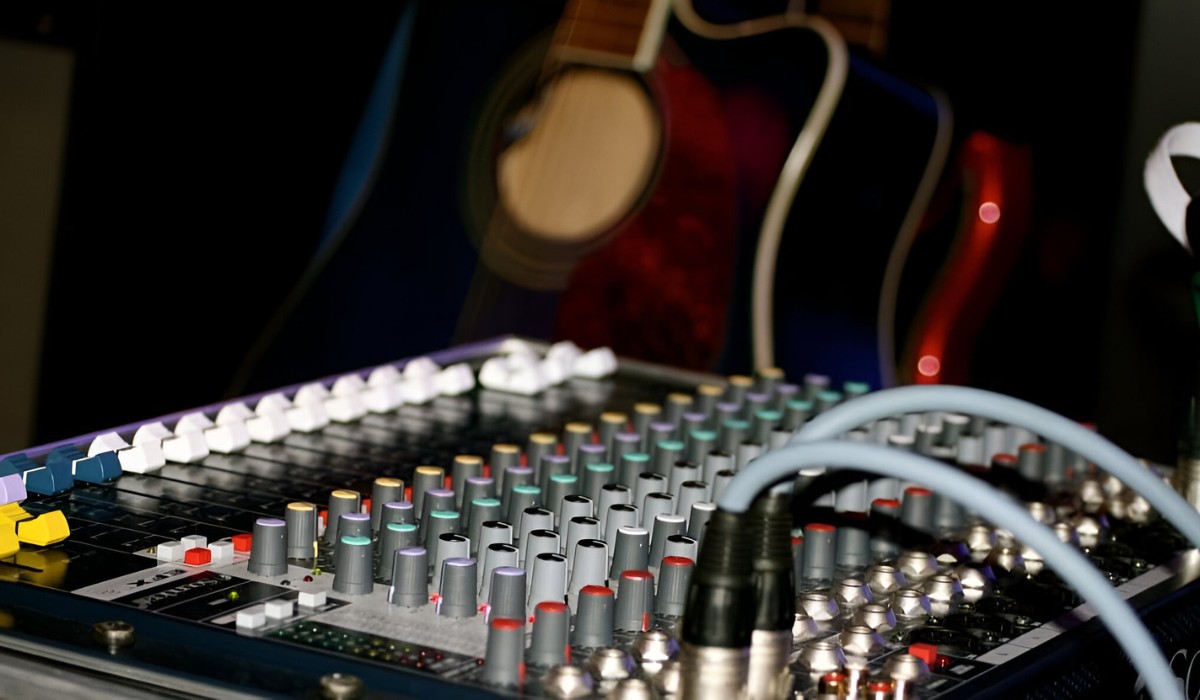Introduction
Connecting an electric guitar to a computer opens up a world of possibilities for musicians and home recording enthusiasts. Whether you're looking to record your latest riff, experiment with digital effects, or participate in online music collaborations, the process of linking your electric guitar to a computer is a gateway to a myriad of creative opportunities. In this guide, we'll explore three popular methods for achieving this connection, each with its own set of advantages and considerations.
As technology continues to evolve, the options for integrating your electric guitar with a computer have expanded, offering greater flexibility and control over your sound. From USB interfaces to digital audio workstations (DAWs), the tools at your disposal are more diverse than ever, catering to musicians of all levels and preferences. By understanding the distinct features and functionalities of each method, you can make an informed decision that aligns with your specific musical goals and technical setup.
Whether you're a seasoned guitarist or a beginner eager to explore the digital realm, the ability to connect your electric guitar to a computer empowers you to unleash your creativity, refine your sound, and engage with a global community of music enthusiasts. Let's delve into the various options available, each offering a unique pathway to harnessing the full potential of your electric guitar within the digital landscape.
Option 1: Using a USB Interface
One of the most straightforward methods for connecting your electric guitar to a computer is through the use of a USB interface. This compact device serves as a bridge between your guitar and the digital realm, facilitating seamless communication and signal conversion. By simply plugging your guitar into the USB interface and connecting it to your computer, you can instantly tap into a host of recording and processing capabilities.
USB interfaces are designed to capture the raw audio signal from your electric guitar and convert it into a digital format that can be recognized and manipulated by your computer. Many USB interfaces also feature built-in preamps, allowing you to adjust the input levels and optimize the sound quality before it reaches your computer. This level of control over the input signal is invaluable for achieving the desired tone and dynamics in your recordings.
Once connected, the USB interface serves as the gateway for your guitar's audio signal to enter the digital domain. This opens up a world of possibilities, from recording your performances directly into your computer to leveraging software-based effects and amp simulations to enhance your sound. Additionally, USB interfaces often offer low-latency monitoring, enabling you to hear your guitar in real time through your computer speakers or headphones without perceptible delay, a crucial feature for seamless performance and recording experiences.
Many USB interfaces come bundled with software packages that provide recording, mixing, and effects processing capabilities, offering a comprehensive solution for musicians seeking an all-in-one setup. Furthermore, the portability and plug-and-play nature of USB interfaces make them an accessible option for musicians on the go or those working in limited space environments.
Overall, using a USB interface to connect your electric guitar to a computer provides a user-friendly and versatile pathway to harnessing the digital realm for recording, processing, and refining your musical creations.
Option 2: Using an Audio Interface
Another popular method for connecting an electric guitar to a computer involves the use of an audio interface. Unlike USB interfaces, which are specifically tailored for instrument-level inputs, audio interfaces offer a broader range of connectivity options, including XLR and 1/4-inch inputs, making them suitable for capturing a variety of audio sources, such as microphones and line-level instruments, in addition to electric guitars.
Audio interfaces are equipped with high-quality preamps and analog-to-digital converters, ensuring pristine audio capture and conversion. This level of sonic fidelity is essential for preserving the nuances and tonal characteristics of your electric guitar, allowing you to capture performances with exceptional clarity and detail.
When using an audio interface, you have the flexibility to connect your electric guitar directly to the interface using a standard instrument cable. Some audio interfaces also feature dedicated instrument inputs with impedance matching, optimizing the connection for electric guitars and basses, thereby ensuring optimal signal integrity and tonal balance.
Furthermore, audio interfaces often provide a range of input gain controls, enabling you to fine-tune the input levels to accommodate different guitar pickups and playing styles. This level of precision empowers you to achieve the ideal balance between signal strength and headroom, ensuring that your recordings exhibit the desired sonic characteristics and dynamic range.
Once connected, the audio interface serves as the conduit for your electric guitar’s signal to enter your computer, where it can be captured, processed, and manipulated using digital audio workstation (DAW) software. This integration enables you to leverage a diverse array of recording, editing, and effects processing tools to enhance your guitar performances, opening up a world of creative possibilities.
Moreover, many audio interfaces offer low-latency monitoring capabilities, allowing you to monitor your guitar signal in real time through your computer, complete with effects processing, without experiencing distracting delays. This feature is invaluable for maintaining a natural and responsive playing experience during recording sessions.
In summary, utilizing an audio interface to connect your electric guitar to a computer provides a professional-grade solution for capturing, processing, and refining your guitar performances within the digital domain, offering unparalleled sonic fidelity and flexibility.
Option 3: Using a Digital Audio Workstation (DAW)
Connecting an electric guitar to a computer through a digital audio workstation (DAW) offers a comprehensive and customizable approach to recording, processing, and refining your guitar performances. A DAW serves as the central hub for capturing, editing, and mixing audio, providing a versatile platform for integrating your electric guitar with a wide range of digital tools and effects.
When using a DAW, you can connect your electric guitar to your computer using an audio interface or a USB interface, depending on your specific setup and preferences. Once the guitar signal is routed into the DAW, you gain access to a diverse array of recording and editing features, allowing you to capture performances with precision and finesse.
One of the key advantages of using a DAW is the ability to leverage software-based amp simulations and effects processors to sculpt your guitar tone. DAWs often come equipped with a variety of virtual amplifiers, stompbox effects, and studio-quality processors, empowering you to explore a multitude of sonic textures and tonal variations without the need for physical hardware.
Additionally, DAWs offer powerful editing and mixing capabilities, enabling you to fine-tune your guitar recordings with precision. From adjusting individual note velocities to applying time-based effects and spatial processing, the level of control and customization afforded by DAWs empowers you to shape your guitar performances with unparalleled detail and artistry.
Furthermore, the integration of MIDI functionality within DAWs opens up opportunities for incorporating virtual instruments and sampled sounds into your guitar-based compositions, expanding the sonic palette at your disposal. This seamless fusion of live guitar performances with digital instrumentation and sound design capabilities enriches the creative potential of your musical endeavors.
Moreover, DAWs facilitate seamless collaboration and sharing of musical ideas, allowing you to easily export and share your guitar recordings with fellow musicians or collaborators across the globe. This interconnectedness fosters a vibrant community of musical exchange and creativity, enabling you to participate in collaborative projects and engage with a global network of artists.
In summary, utilizing a DAW to connect your electric guitar to a computer offers a versatile and expansive framework for recording, processing, and refining your guitar performances, harnessing the full spectrum of digital tools and creative possibilities within a unified platform.
Conclusion
Connecting an electric guitar to a computer presents a gateway to a world of creative possibilities and musical exploration. By exploring the various methods for achieving this connection, musicians can tailor their approach to align with their specific goals, technical setup, and sonic preferences.
Whether utilizing a USB interface for its simplicity and plug-and-play convenience, an audio interface for its professional-grade audio capture and flexibility, or a digital audio workstation for its comprehensive recording, editing, and processing capabilities, each method offers a unique pathway to integrating the electric guitar within the digital landscape.
As technology continues to advance, the synergy between electric guitars and computer-based recording and processing tools continues to evolve, offering musicians an ever-expanding array of options for capturing, refining, and sharing their musical expressions. This convergence of traditional instrumentation with digital innovation empowers musicians to unleash their creativity, refine their sound, and engage with a global community of music enthusiasts.
Whether recording a blistering guitar solo, experimenting with virtual effects and amp simulations, or participating in collaborative music projects, the ability to connect an electric guitar to a computer represents a boundless frontier of sonic exploration and artistic expression. As musicians continue to harness the power of technology to amplify their creative vision, the fusion of analog tradition and digital innovation paves the way for a new era of musical ingenuity and connectivity.
Ultimately, the process of connecting an electric guitar to a computer transcends mere technical integration; it embodies a convergence of artistry, technology, and boundless creative potential, offering musicians a gateway to unleash their sonic aspirations and connect with a global community of like-minded creators.







